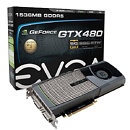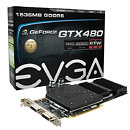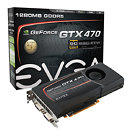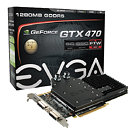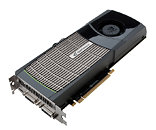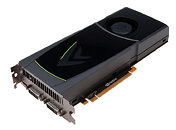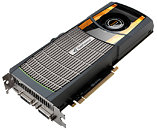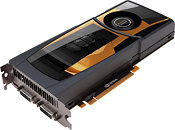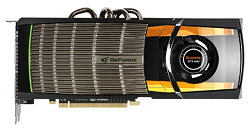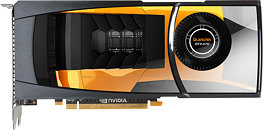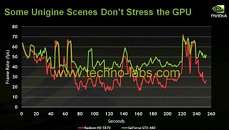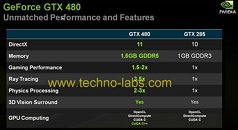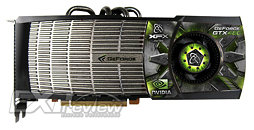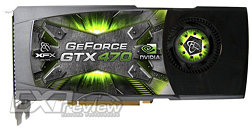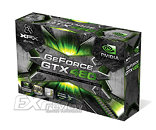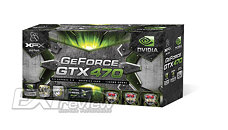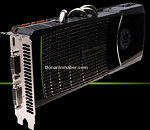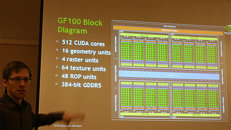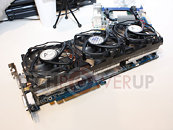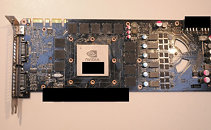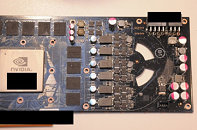
EVGA Unleashes Full-Fledged Lineup of GeForce GTX 400 Series Graphics Cards
EVGA unleashed a lineup of graphics cards based on NVIDIA's new GeForce GTX 480 and GeForce GTX 470 graphics processors, complete with overclocked, overclocker-friendly, and water cooling-ready models. While the air-cooled models retain NVIDIA's reference design, the Hydro Copper series models sport a full-coverage, copper-rich water-block made for EVGA by Swiftech. On the air-cooled offer are base-models for the GTX 480 and GTX 470 that use NVIDIA reference clock-speeds, and level-1 overclock (Superclocked / SC) models. The level-3 overclock (For The Win / FTW) only come under the Hydro Copper series, with no air-cooled FTW models. Details follow:
- EVGA GeForce GTX 480 (015-P3-1480-TR): 700/1401/924 MHz, reference air-cooled, US $499.99
- EVGA GeForce GTX 480 SC (015-P3-1482-AR): 725/1450/950 MHz, reference air-cooled, US $529.99
- EVGA GeForce GTX 480 FTW Hydro Copper (015-P3-1489-AR): 750/1500/950 MHz, Hydro Copper water-block pre-fitted, US $649.99
- EVGA GeForce GTX 470 (012-P3-1470-TR): 607/1215/837 MHz, reference air-cooled, US $349.99
- EVGA GeForce GTX 470 SC (012-P3-1472-AR): 625/1250/850 MHz, reference air-cooled, US $369.99
- EVGA GeForce GTX 470 FTW Hydro Copper (012-P3-1479-AR): 650/1300/950 MHz, Hydro Copper water-block pre-fitted, US $499.99
